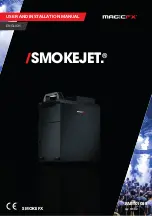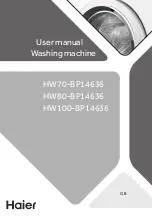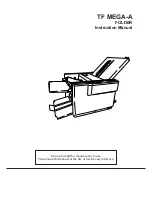
B.
Use of Time-and-Distance Guidelines
In the absence of other information, theater-specific monitoring would be required to
determine whether smoke/haze machines are being used in a production in a manner that avoids
peak exposures to actors. The Time-and-Distance Guidelines described in this report were
developed as an alternative to conducting theater- and production-specific monitoring. These
Guidelines were developed under conservative use assumptions (e.g., no on-stage activities or
props that would enhance dispersion, cue release at breathing height level). By following these
Guidelines, a production can use smoke effects without having to conduct its own stage-specific
testing, provided the machines are used in accordance with manufacturer specifications, are well
maintained, and are functioning properly. Table 2 and Figure 7 to 10 of this report describe the
distance (with respect to the discharge point on the equipment) and length of time that
concentrations exceeding the peak guidance levels would occur for various use patterns for the
Delta 3000 fog machine. Thus, by arranging the blocking and choreography such that an actor is
not situated within the restricted areas during the times specified in Table 2 and Figures 7 to 10,
actors should not receive peak exposures. Time-and-Distance Guidelines for other Rosco
machines have also been developed by ENVIRON (2001b).
It should be noted that these Time-and-Distance Guidelines may not be appropriate for all
productions. The Guidelines are based on the Delta 3000 being positioned between four and five
feet above the ground, and being operated to achieve 30 to 60 seconds of continuous smoke
generation. Productions may want to use different configurations for positioning the machines
(e.g., different heights), provide enhanced on-stage ventilation, or generate smoke for a longer or
shorter period of time. In addition, many productions may have other stage-specific conditions
(e.g., on-stage activities and props that enhance dispersion) that would allow actors to be present
in areas that are restricted under these Guidelines but which, in fact, do not exceed the guidance
levels. In those cases, production-specific monitoring would be recommended to determine
whether peak exposure may occur.
ROSCO DELTA 3000
-2-
E N V I R O N






































